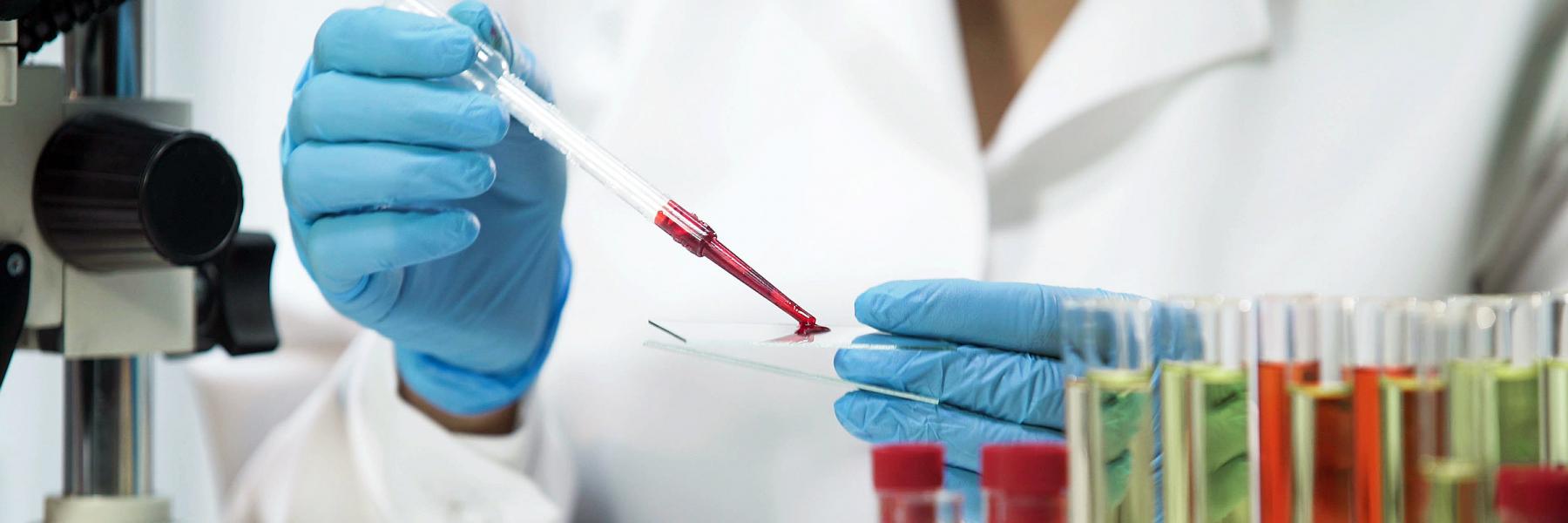HIV vaccine regimens continued to show immune responses in monkeys and humans up to a year after the last vaccination, according to results presented at AIDS 2018 in Amsterdam. The vaccine in this study is called a mosaic-based vaccine because it contains various components that are designed to bring about immune responses against many different HIV strains.
The results, which were presented by Frank L. Tomaka, M.D., of Janssen Pharmaceuticals, highlighted 96-week data from the APPROACH study, which builds on the promising 48-week results reported last year at IAS 2017 and recently published in The Lancet. Notably, the vaccine regimens were safe and well tolerated, with no vaccine-related serious adverse events.
“The APPROACH data presented in Amsterdam provides additional data with longer-term follow-up of this vaccine regimen. This mosaic vaccine proved safe and prompted a broad and durable immune response to HIV in this trial and further supports the decision made last year to advance the candidate into a larger efficacy trial,” Mitchell Warren, executive director of AVAC (formerly the AIDS Vaccine Advocacy Coalition), told POSITIVELY AWARE.
Who was studied?
The study followed about 400 healthy individuals who were randomized to receive one of eight different regimens (seven variations of vaccines or a placebo). Among the participants, 54% were male and 46% were female; while 56% were black, 26% were white, and 16% Asian. In terms of geographic demographics, 38% were in the U.S., 33% were in Eastern Africa, 14% in South Africa, and 15% were in Thailand.
What was the vaccine regimen?
This study used a prime-boost approach, which consists of a multi-part vaccination schedule. The initial vaccination known as the prime is followed by a second vaccination known as the boost. In the APPROACH study, there were two primes and two boosts.
The study participants were split into eight groups. All groups received the same prime vaccinations using adenovirus 26 (Ad26), which is based on a flu virus, as a vector to deliver the vaccine. After the primes, participants received different boost regimens. The boost regimens contained Ad26 again; modified vaccinia Ankara (MVA), which is based on a pox virus; no viral vector; or a placebo. The boosts also may have included a low or high dose of gp140 protein, which is a structure typically found on HIV’s envelope.
The eight groups received one of the following vaccine regimens:
- Ad26 prime + Ad26 and high-dose gp140 boost
- Ad26 prime + Ad26 and low-dose gp140 boost
- Ad26 prime + Ad26 boost
- Ad26 prime + MVA and high-dose gp140 boost
- Ad26 prime + MVA and low-dose gp140 boost
- Ad26 prime + MVA boos
- Ad26 prime + high-dose gp140 boost
- Placebo
How did the vaccine perform?
To be clear, the study did not test whether the vaccines would protect against HIV in humans. This early phase only tested for safety and immune responses.
That being said, all of the vaccine regimens showed similar durability in immune responses. For the leading regimen (Ad26 prime + Ad26 and high-dose gp140 boost), 100% developed an antibody response, which was maintained for the whole study period, including a year after vaccination.
The researchers also tested to see if participants would develop immune responses to a panel of nine gp140 antigens. For the leading regimen, 100% responded to the antigens at week 52 and 80% responded to the antigens at week 96.
The vaccine regimens continued to be safe and well tolerated for the entire study period.
Parallel monkey study
The researchers also conducted a parallel study in monkeys known as NHP 13-19. This study used the same vaccine regimens and followed a similar dosing schedule as the human study. The leading vaccine regimen provided a 94% risk reduction per exposure of HIV, and complete protection against SHIV (an engineered simian-HIV hybrid virus) in 67% of the monkeys after all six weekly challenges.
Although animal results don’t often translate into humans, Dr. Tomaka noted that the immune responses compared favorably between the two species. “In general, the human responses are high overall with improved persistence. One of the most encouraging observations is that after the third vaccination, the responses seen in the humans are higher than the responses in the monkeys at the time that they were protected from the SHIV challenges,” Dr. Tomaka said.
Although the results are promising, actual effectiveness or protection against HIV remains to be seen.
Next steps
To date, there has been only one HIV vaccine candidate that has shown efficacy in humans. That was the RV144 study, also known as the Thai trial, which showed a moderate 31% efficacy back in 2009. RV144 also used a prime-boost strategy, but used a different vaccine regimen.
Because of the promising results from the APPROACH study, researchers started a phase-2b study, known as Imbokodo, in November 2017. The Imbokodo study will run for five years and enroll up to 2,600 young women in South Africa. Researchers expect first results in 2021.
What level of effectiveness would make the vaccine successful?
“The Imbokodo study is looking at safety and efficacy, so there is no single efficacy number or result that would mean success, and this trial is just one of a couple that would likely be required for actual licensure of the vaccine,” said Warren.
“That said, it is hoped that we would see efficacy over 50% and ideally durable for more than a year or two as the basis for a vaccine that we could imagine delivering as part of a comprehensive HIV prevention program,” he added.
Warren Tong is a freelance health and science journalist, with an extensive background writing about HIV and hepatitis C.


